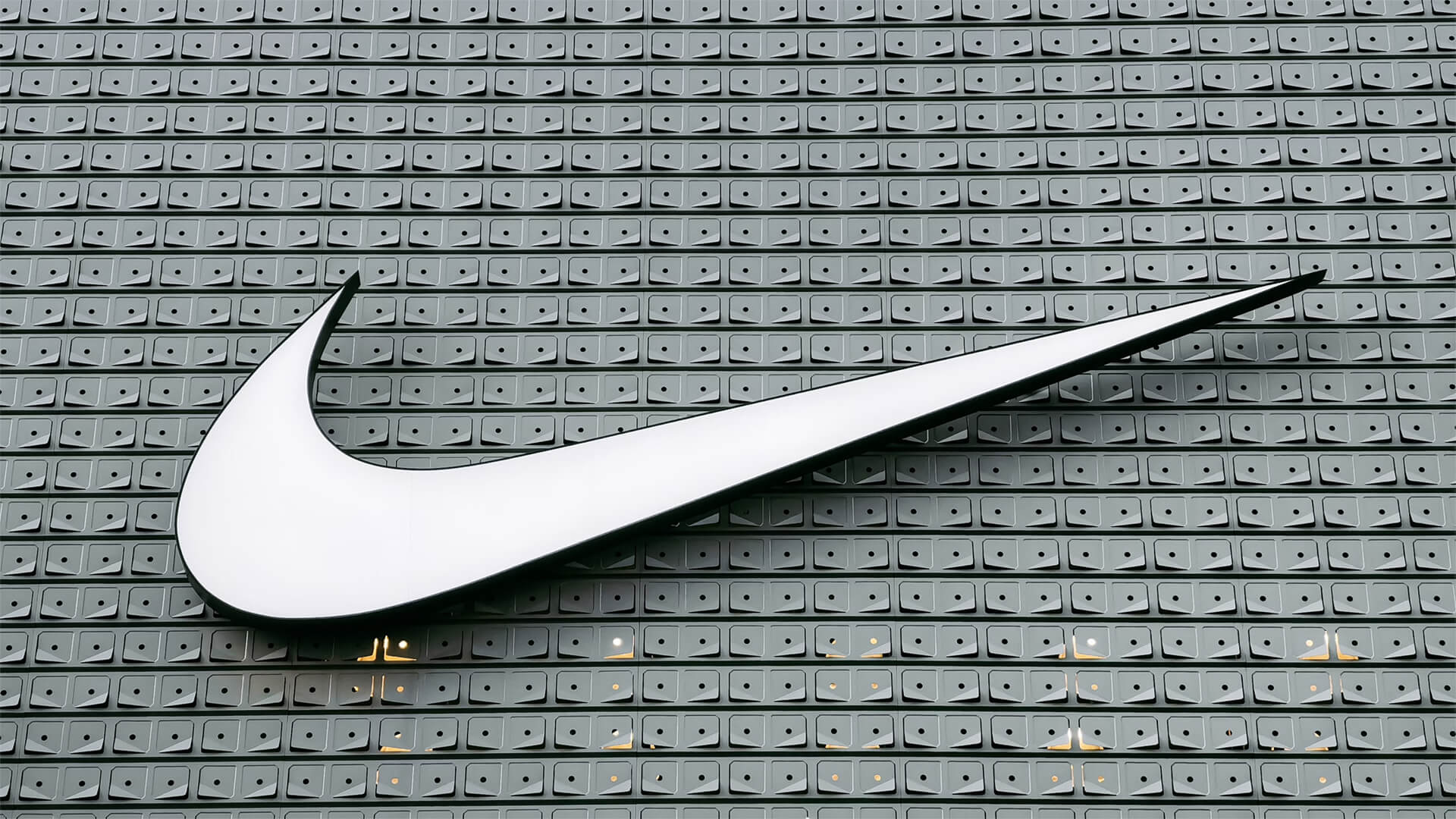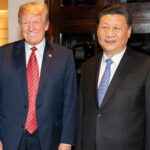Many of America’s most beloved brands rely on Chinese manufacturing, but what happens when that goes away?
The impacts and shortages faced will vary based on how dependent each company is on China. There are three groups these businesses fall into: tech firms, consumer brands, and mid-tier companies. Tech firms like Apple, Dell, and Microsoft have complex and integrated supply chains that would be difficult to pick up and move; these companies will need years to rebuild, and they’ll face shortages in the meantime. Consumer brands like Nike, Mattel, and Keurig can be easily replicated. Middle-tier companies like Whirlpool and GoPro will face lots of competition and will need heavy investments to recover.
This disruption was inevitable, but Trump moved it up on the calendar and left companies no time to adapt. So, get ready for shortages, bankruptcies, and inflation. There might be one upside here though, we may not have to see Crocs around anymore…
Transcript
Peter Zeihan here. Coming to you from Colorado. Today we’re talking about some of the impacts of the Trump tariffs on the American corporate space. There are a lot of companies that sell consumer goods in the American market, American companies primarily, that have outsourced most of their manufacturing to China. And with the tariff policy, we’re basically getting two things.
Number one, people can’t afford these products anymore. And so most shipments from the United States to China already stopped. And you’ll see that hitting the shelves at some point in the next 3 to 6 weeks, based on where you live in the country. From the point that the Trump administration were to cave on all of these tariffs and just say, you know, bygones, and the Chinese just say, okay, it will then be another six weeks before product starts to return.
So, let’s say that, June 1st is when that happens, you’re talking about three months without product. For most of these companies, that’s enough to kill them. And even if it wasn’t, the Chinese basically have the technical capacity to take over a lot of the supply chains themselves, because all of the equipment is already in China.
Most of the intermediate products are already in China. So these are companies that in some form are just going to die in the not too distant future and vanish from American shelves forever. Now, not all of them are the same. They fall into three general categories. The first are products that are more advanced, where the Chinese do a lot of the assembly, but a lot of the product in the intermediate product comes from outside of China.
These companies have at least a chance to rebuild their supply chain in other countries. But you’re talking about hundreds of billions of dollars of sunk cost for some of them. And you don’t do that in a year or two years or three years. This is five years or more minimum. And that just means that these products are going to disappear until that happens, or they’re just vanished from your lives for probably five years, maybe a little bit more.
And most of those fall into the category. Apple, Dell, Microsoft and Hewlett-Packard. So if you haven’t gotten your backup computer, do it now, because the inventory that is in the country right now is all that is left. Yes. Electronics have been at least partially exempted, but it’s already too late. And the Chinese are moving to take this stuff over.
Second, these are products that are on the other end of the spectrum. Things that the Chinese can take over now. There’s nothing that’s particularly sensitive about them. From a technological point of view, it’s just a the brand is what’s special, and it’s the brand that’s going to disappear, or they’ll misspell it and they’ll just make it a Chinese brand.
And this this is a very long list that includes a lot of consumer products and a lot of clothing. So Nike, Levi’s, Hasbro, Mattel, Ralph Lauren, Skechers, Under Armor, Estée Lauder, Columbia Sportswear, Patagonia, Yeti, KitchenAid, Black and Decker, Stanley Tools, shark, Ninja of At-Home Appliance Fame, Keurig iRobot Ray-Ban Pvt. That’s Hilfiger and Calvin Klein. Newell, which is Rubbermaid and Sharpie and Crocs.
So I guess there’s at least some bright spot here. Crocs will finally fucking go away anyway. They’re gone. There is absolutely nothing they can do at this point to salvage the production that they have in China. I do not feel all that guilty for any of these companies. Everyone who has been paying attention has been seeing some version of this coming for a long time.
And I’ve been warning companies like this that the Chinese were going to vanish from the space anyway because of demographic collapse, and they should get out while they can. Anyone who is left has basically lost. And then we’ve got companies that are somewhere in the middle. These are companies where, you know, they’re halfway between Apple and Crocs. There are some parts of the supply chain for some products that are more advanced that the Chinese can’t just walk in and take over.
So we could see these companies come back after some significant reinvestment. Not as much as will say for somebody like Apple, but they’re going to be dealing with a massive amount of competition in the international space from the Chinese, who can make their lower end products exactly as they used to. That’s fossil, the watch company whirlpool, other white goods companies, GoPro and Fitbit.
It’s a long list and this is only partial. Now again, some version of this was always going to happen, but Chinese were always going to go away. But the way that the Trump administration has done, the tariff policy basically front loading the penalties and not giving people a chance to adapt means that all of these companies and more are going to break in the American space.
Most of them will end up filing for bankruptcy, and someone will probably come and buy up the pieces and then do limited restarts of the production lines and other places. That does mean that in the interim, and we’re talking here for the lower tech stuff, a period of 1 to 3 years for the higher tech stuff, probably four or more.
We just don’t get the product. So one of the big challenges that we’re going to be having in the United States is inflation driven not just by tariffs directed not just by higher capital costs directly, not just by higher labor costs directly, but high tariffs caused by extensive product shortages in the consumer space, whether that is electronics, home goods, apparel, you name it.
We can recover from this. We can recover from this faster if we have Mexico and Canada and our other trading partners involved. But it’s not going to be quick and it’s not going to be free.








